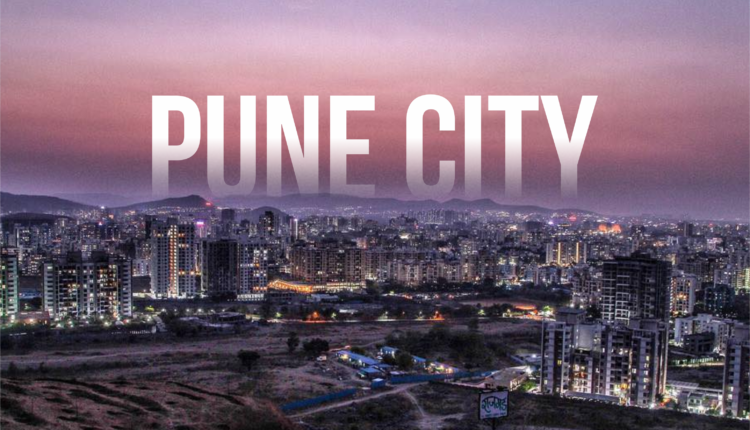Pune: Post correction, Dhayari-Ambegaon loses 30% voters, replaced by Aundh-Balewadi as largest ward
With the Pune Municipal Corporation (PMC) finalising the electoral rolls for the forthcoming civic election, the Aundh-Balewadi has replaced Dhayari-Ambegaon as the electoral ward with highest number of voters while Magarpatta-Sadhana Vidyalaya has the least number of voters in the civic body.
The PMC had declared the draft electoral roll for the forthcoming civic election while seeking suggestions and objections from the citizens. In its draft electoral roll, the number of voters in the city increased by over eight lakh than during the previous civic elections. In 2017, there were 26,34,798 voters while now there are 34,54,639 voters spread across 58 electoral wards to elect three corporators each, except for one electoral ward which will have two corporators.
The citizens were urged to verify the draft electoral roll and ensure their names appeared correctly in the electoral roll of their electoral ward. The voters, who have their name in the electoral roll of Election Commission of India but not in the draft electoral roll published by PMC, were asked to reach the nearest ward offices to get themselves included.
The Dhayari-Ambegaon ward had the highest number of voters — 1,03,959 but it was reduced by 30,165 voters to 73,784. Thus, the highest number of voters are now in Aundh Balewadi with 82,504 voters followed by the Mohammadwadi-Uruli Devachi with 76,976 voters. The Magarpatta-Sadhana Vidyalaya ward continued to be the electoral ward with the least number of voters — 33,825.
“The number of voters reduced in 25 electoral wards while their strength increased in 27 electoral wards of the total 58 wards. The overall voters’ number in the city has reduced marginally,” said Yashwantrao Mane, in-charge of the civic election department.
He said that there are various reasons for the decrease in the number of voters in Dhayari-Ambegaon. “It was the only electoral ward with over one lakh voters in the city so the officials were asked to take extra efforts to verify the electoral rolls. It was found that the area was divided into three electoral wards but voters had got mostly added under Dhayari-Ambegaon. Also, there was duplication of names of voters in the adjacent electoral ward and many of the voters that live in adjoining rural areas had got included mistakenly in the electoral roll,” Mane said.
The overall exercise had a good impact as correction of around 3.5 lakh voters was done in the process, he said.


